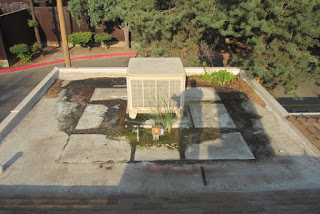A Maintenance Program for Unique Equipment?
Robert S. Michaud, P.E.
February 12, 2020
The development of a maintenance program for typical building systems – HVAC equipment, pumps, fans, electrical panels, etc., is a relatively straight forward process. It may not be easy, especially if you are trying to develop and deploy it while maintaining your day to day responsibilities, but the process for doing so and the data needed to develop the maintenance tasks are readily available. However, what do you do if you have unique, perhaps even customized equipment. Many manufacturers find themselves in this predicament. They use complex machinery that has often been made specifically for their manufacturing needs. There may be little or no relevant information on the maintenance requirements, procedures and intervals for the equipment that is the backbone of their operation. As a result, this equipment falls into “break-fix” mode – receiving service only when components fail. Alternatively, some attempts are made to address components that are easily understood and maintained (belts, bearings, bushings, lubricants, etc.), which is better than doing nothing at all, but how do you know that you have addressed the most critical potential failure modes and how do you know that the efforts you are making are truly improving the reliability of the equipment?
There are tools and methods to address this specific challenge. Reliability Centered Maintenance (RCM) is one such set of tools that focuses on the evaluation of the various components of the equipment and their impact on the overall reliability of the system. Within RCM there are tools such as Failure Modes and Effects Analysis (FMEA) that can help you define the various criteria for safety, reliability and up-time that you are striving for and apply a decision matrix to the machinery in question and its various components. The result is a set of maintenance procedures that are specifically designed to address your unique equipment and circumstances to maximize reliability and thereby improve productivity and reduce costs.
Perhaps you have heard of RCM and FMEAs. You may have attended a seminar and have a basic understanding of the principles involved. Maybe this is all new and foreign to you. In either case, the best way to reap the benefits the fastest is to engage with a consultant that can walk you through the process. The consultant should be able to facilitate discussions with the various Subject Matter Experts (SMEs) to work through this process and develop procedures that are going to be the most effective for your application. These SMEs could include managers, supervisors, operators and maintenance technicians. Together with the facilitator, each component would be evaluated and a plan established to ensure that maintenance procedures are developed that will lead to the best reliability outcome for that equipment.
If you are ready to improve the reliability of your equipment, maximize up-time, reduce costs, and run more efficiently, then it is time to look into RCM for your facility.
© Michaud Engineering Inc. 2020















